Inter-individual stereotypy of the Platynereis larval visual connectome
- PMID: 26061864
- PMCID: PMC4477197
- DOI: 10.7554/eLife.08069
Inter-individual stereotypy of the Platynereis larval visual connectome
Abstract
Developmental programs have the fidelity to form neural circuits with the same structure and function among individuals of the same species. It is less well understood, however, to what extent entire neural circuits of different individuals are similar. Previously, we reported the neuronal connectome of the visual eye circuit from the head of a Platynereis dumerilii larva (Randel et al., 2014). We now report a full-body serial section transmission electron microscopy (ssTEM) dataset of another larva of the same age, for which we describe the connectome of the visual eyes and the larval eyespots. Anatomical comparisons and quantitative analyses of the two circuits reveal a high inter-individual stereotypy of the cell complement, neuronal projections, and synaptic connectivity, including the left-right asymmetry in the connectivity of some neurons. Our work shows the extent to which the eye circuitry in Platynereis larvae is hard-wired.
Keywords: Platynereis dumerilii; connectome; neural circuit; neuroscience; stereotypy.
Conflict of interest statement
The authors declare that no competing interests exist.
Figures
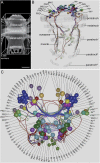

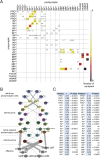
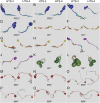
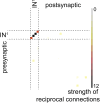
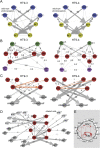


References
-
- Cardona A, Saalfeld S, Preibisch S, Schmid B, Cheng A, Pulokas J, Tomancak P, Hartenstein V. An integrated micro- and macroarchitectural analysis of the Drosophila brain by computer-assisted serial sectionelectron microscopy. PLOS Biology. 2010;8:e1000502. doi: 10.1371/journal.pbio.1000502. - DOI - PMC - PubMed
Publication types
MeSH terms
LinkOut - more resources
Full Text Sources
Miscellaneous

